|

On eBay Now...
Napoleonic Wars Sword Sabre for Hussar of the Royal Guard - Historic Regiment For Sale
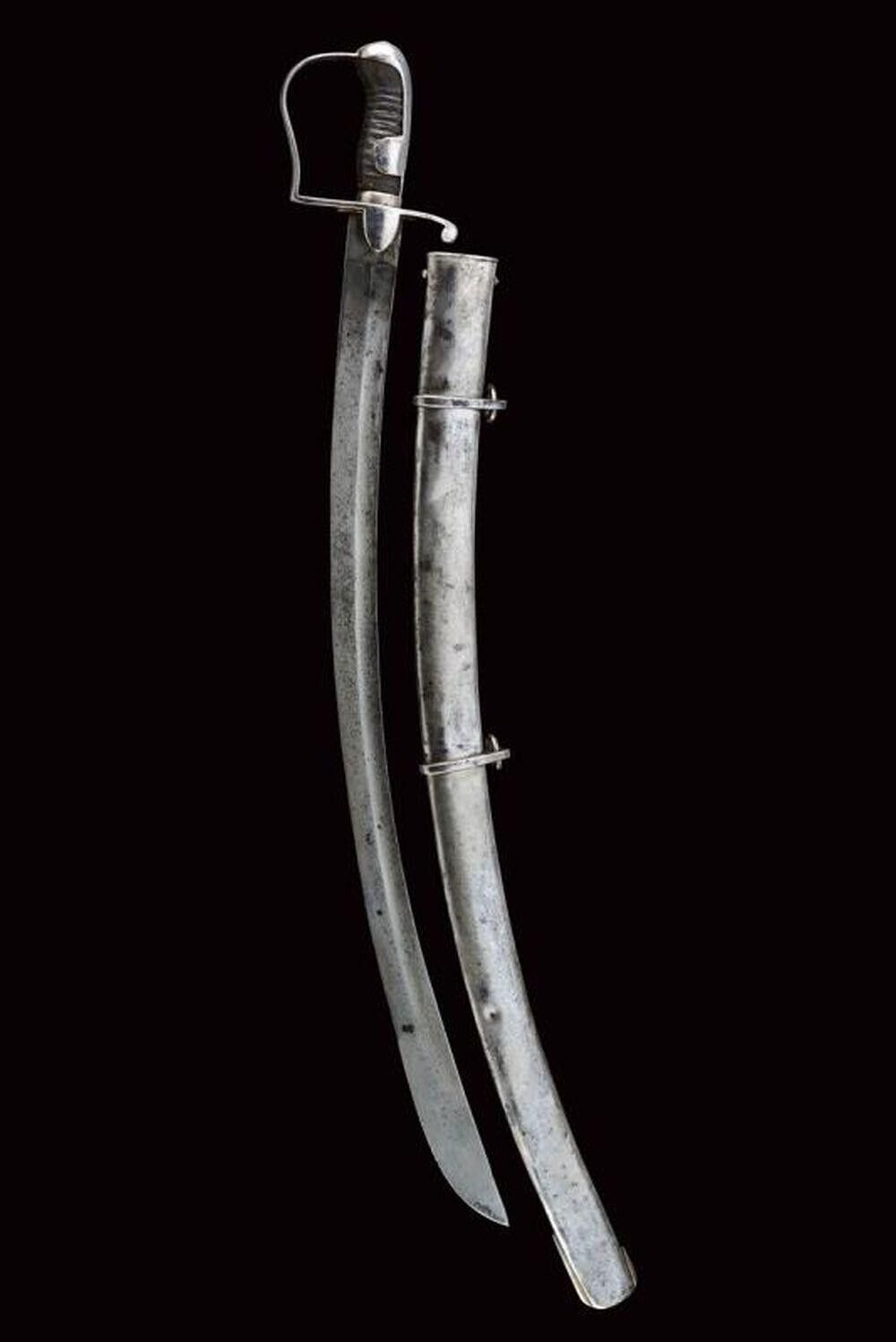
When you click on links to various merchants on this site and make a purchase, this can result in this site earning a commission. Affiliate programs and affiliations include, but are not limited to, the eBay Partner Network.

Napoleonic Wars Sword Sabre for Hussar of the Royal Guard - Historic Regiment :
$1689.61
Very rare and historically significant sabre belonging to the Hussars of the Royal Guard. This regiment escorted Napoleon Bonaparte I from Russia. Item had to be granted a special export permit to leave Italy as it is considered part of Italian heritage. *Priced lower then a recent example sold at sale. Provenance: Kingdom of Naples - Start of the 19th Century Extremely wide, curved, single-and short false-edged blade, enlarged at the tip, with fuller for a good part of its length, bearing at the base the mark of the Royal Manufacture of Naples and the inspection mark 'S'. Iron hilt with circular stirrup guard and sheath-guard wings, regiment mark 'IU4SI22'. (1st Regiment of Hussars - "Ussaro"). Long cap, grip with earlier leather cover (slightly damaged on one side). Iron scabbard with two lugs marked '2.87'. length 95 cm. Heavy, but perfectly balanced. Charles de Bourbon 1734, the year in which the expeditionary force of Charles of Bourbon conquered the Neapolitan provinces and the following year the Kingdom of Sicily, tearing them from the Austrian viceroyalty, also marked the creation of the first entirely "national" regiments, flanked by the Spanish regiments with which Infante Don Carlo had descended in Italy. The story of this army naturally fits into the same space of time in which the dynasty of which it was supported lived: from 1734 to1861. However, following the establishment in December 1816 of the Kingdom of the Two Sicilies with the formal merger of the two kingdoms of Naples and Sicily, this armed force was deeply reorganized, incorporating also the elements of the Neapolitan army of the Napoleonic age. This historically led to resentment from Sicilian members of the army, and caused many of them to join rebels during the Sicilian revolution of1848. From 1817, therefore, the official name of Royal Army of His Majesty the King of the Kingdom of the Two Sicilies was adopted; the latter, together with the Army of the Sea, constituted the armed forces of the Kingdom of the Two Sicilies. Kingdom of Naples army The Army of the Kingdom of Naples, active during the French period, or the decade when the Bourbon kingdom was conquered and ruled by the Napoleonids, was an armed land force that took part, alongside the Grande Armée, in many of the major campaigns of the Napoleonic wars. With the Napoleonic occupation and the creation of the new kingdom in 1806, the Neapolitan throne was initially entrusted to Joseph Bonaparte, Napoleon's brother. In 1808, until 1815, the Neapolitan throne was occupied instead by Joachim Murat, one of the most brilliant military commanders of the Napoleonic empire. Following the execution of Murat, this army was not dissolved, but amalgamated with the other army that the Bourbons had kept during their exile in Commanding officer: Brigade Commanding officer: Units: Headcount: Cavalry of the Royal Guard Livron · Campana · Giuliani · Hussars of the R.G. · Light Horse of the R.G. · Cuirassiers · Lancers · Horse Artillery · the demise of the Bourbon-ruled Kingdom of Naples in 1806, a French-ruled client state was established in its place, with the throne being given to Napoleon's brother, Joseph Bonaparte. However, when Joseph transferred to becoming King of Spain, the throne of Naples was granted to Napoleon's brother-in-law, Joachim Murat. The army soon became the single largest source of public employment in the Kingdom, and was the institution that Murat, in particular, looked to create an independent base for his kingdom. However, recruitment for the army was difficult from the start, due to the usual resistance to the unpopular French conscription system which had been introduced. The number of men raised initially was so meagre that convicts and captured brigands were drafted into regiments. Most officers were either captured Bourbon officers or French and Polish officers that stayed in Naples after the1806 campaign. Neapolitan troops served in various campaigns under Napoleon and his generals, even taking up important roles such as escorting the Emperor back to France on the way back from the Invasion of Russia. However, Murat's alliance-switching spree in 1813 up to 1815 resulted in his army having mixed loyalties and gradually dissolving, finding no interest in serving or fighting for Murat in his campaigns COMPOSITION The Royal Guard of Naples was split into two separate sections: The Cavalry and Infantry of the Guard. By the 1815campaign, the Guard was able to muster two entire divisions and a substantially large amount of field artillery. As was the case with most of the army in 1806, the Guard was overlooked during Joseph's reign. However, with the arrival of Joachim Murat and his coronation as King of Naples, the Guard was expanded greatly to fit the king's flamboyant imagination. By looking at the Guard's many uniforms, Murat's love for gold and finery can clearly be seen. The Cavalry of the Guard originally consisted of a single regiment of Cavallegieri (Light Horse), of two squadrons, each of two companies. These acted as a light cavalry force, screening the army's advances and scouting ahead of it, usually even foraging for supplies from the country around them to feed the rest of the army. This regiment escorted Napoleon himself during his flight from Russia in December 1812, back to Paris, alongside the Guard Hussar regiment. Additionally, in 1806, there was a squadron of elite Mounted Gendarmes that took duties as military police. In 1808, Murat formed the Corps of Mounted Velites (Veliti a Cavallo) out of the personal bodyguards of several nobles; these too acted as alight cavalry force. Alongside this, Murat formed the Guardiad’Onore (Guard of Honour) out of the two squadrons of Lancers of Berg, which he brought with him from his past post as Grand Duke of Berg. Whether these men blended into Neapolitan society well is still unclear. In1813 the Veliti a Cavallo were converted to Ussari (Hussars).From late-1813 onwards, regiments of Cuirassiers, Chevaulegers, and Chevaulegers-Lanciers were raised so that the Guard Cavalry could muster a whole division in the 1815 campaign. Russian and German Campaigns: For the invasion of Russia in 1812, Naples provided Général de Division Francois Destrees's 33rd Division of Marshal Augereau’s XI Corps, consisting of the Marines of the Neapolitan Guard, the Mounted and Foot Velites, the Honour Guard, the 5th,6th and 7th Line Infantry regiments, and two batteries of artillery; around 10,000 men in total. They formed part of the garrison of the East Prussian port-city of Danzig (now Gdańsk) on the Baltic Sea coast. After the defeat of Napoleon's army in Russia, the Neapolitan cavalry had the honour of escorting Napoleon himself back to France, with heavy casualties due to the weather. The Foot Velites also suffered losses while covering the retreat of the army into Poland. Later in 1813 the Sailors of the Guard and the elite companies of each Neapolitan regiment in Danzig were combined to form the Neapolitan Elite Regiment, brigaded with the 4th Light Infantry (which recently arrived from Naples to Germany), part of the 31st division of the XI Corps. They fought at Lutzen and Bautzen with heavy losses. At the time of the Armistice of Pleiswitz, Napoleon himself decorated Marshal MacDonald (the current acting commander of the Neapolitan troops in Germany) and several officers and men of the Neapolitan brigade with the Legion of Honour. When hostilities resumed, the brigade fought at Leipzig and Hanau. The few survivors were repatriated. Napoleon is said to have said to the troops: "I participated in a prejudice of low esteem of the Neapolitan troops: they amazed me in Lutzen, in Bautzen, in Danzig and in Hanau. The famous Samnites, their ancestors, would not have fought with greater valour. Courage is like love, it needs nourishment." The line units left in Danzig were faced with the task of holding the city against a much larger Prussian and Russian force under the command of the Duke of Wurttemberg. The city was besieged for almost a year. Under the command of General Rapp, the Neapolitans had to face Frost, Hunger, diseases and relentless enemy bombardment for the entire year. Rapp's offensive strategies resulted in further loss among the troops. When a short truce was agreed on 11 June 1813, the Neapolitan commanders took the opportunity to send praiseworthy reports of the conduct and bravery of their troops to Murat himself. The French general Detres himself sent the sovereign a report showing excellent impressions on the Neapolitan soldiers, a report later published in the "Monitore delle Due Sicilie". Unlike the news from Spain, in fact, the news from the Russian front was promptly published in the Neapolitan press. Two months after the truce, the Russians launched a series of counter-offensives which gradually tightened the circle around the walls of Gdansk. Russian shells set fires in the primary wooden interior of the city. On 29 December 1813, the city was surrendered unconditionally to the Russians. The Neapolitan survivors were placed into Russian captivity, but news of King Murat's defection to the allies reached their captors, which resulted in their prompt release. The survivors marched back to Naples in perfect order, as to impress the civil and military authorities of the nations they passed through. Joachim Murat rewarded the survivors of the Gdansk siege by transferring them to the Guard. ROYAL MANUFACTORY OF NAPLES The Royal Manufactory of Naples, also known as the RealFabbrica di Napoli in Italian, was a historic institution in Naples, Italy, dedicated to the production of fine ceramics and porcelain. It was established in 1736 by Charles III of Bourbon, who was the King of Naples and later became King of Spain. The Royal Manufactory of Naples played a significant role in the development and promotion of the Neapolitan porcelain industry. Under royal patronage, the institution brought together skilled artisans and crafts mento create exquisite and highly sought-after porcelain pieces. The porcelain produced at the manufactory was renowned for its quality, artistic design, and delicate craftsmanship. The manufactory was known for its production of various types of porcelain items, including dinnerware, vases, figurines, and decorative objects. Many of these pieces were adorned with intricate hand-painted designs, often featuring floral motifs, mythological scenes, and historical themes. The Royal Manufactory of Naples faced some challenges and interruptions throughout its history, including economic difficulties and political changes. However, it continued to produce porcelain for several decades, with its production reaching its peak in the 18th century. Today, the legacy of the Royal Manufactory of Naples lives on through the surviving porcelain pieces that are highly valued by collectors and museums worldwide. These exquisite ceramics provide a glimpse into the rich artistic heritage of Naples during the Bourbon period. While the primary focus of the Royal Manufactory of Naples was ceramics and porcelain, it is true that during certain periods, they also produced weapons, including swords. During the Bourbon era in Naples, the Royal Manufactory expanded its production to include arms manufacturing. This diversification was an effort to bolster the local economy and strengthen the military capabilities of the Kingdom of Naples. Under royal patronage, the Royal Manufactory of Naples established a dedicated armory section where skilled artisans crafted swords, firearms, and other weapons. These weapons were produced for the royal family, the military, and elite members of society. The swords produced by the Royal Manufactory of Naples during this time were known for their quality and craftsmanship. They often exhibited elaborate designs, ornate hilts, and engraved blades. However, it's important to note that these swords were not the primary focus of the institution, and their production may not have been as extensive as that of dedicated swordsmiths or

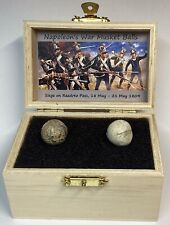
FRANCE, NAPOLEONIC WARS, SET OF ORIGINAL,AUTHENTIC MUSKET BALLS FROM BATTLEFIELD $45.00
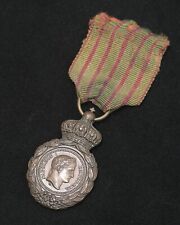
Original French Saint Helena Medal, Napoleonic Wars 1792-1815 Campaigns $99.00
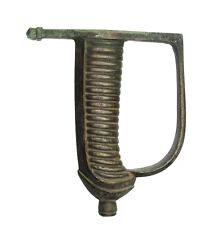
Original French Napoleonic Wars Model 1791 Grenadier's Brass Sword Briquet Grip $62.31

Original French Saint Helena Medal, Napoleonic Wars 1792-1815 Campaigns $99.00
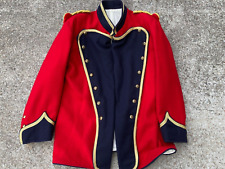
Reproduction British Napoleonic Wars Period Army Jacket $50.00
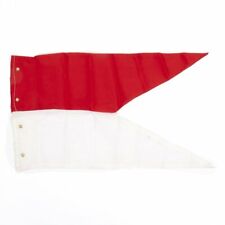
Napoleonic Wars Red and White Lance Pennant $16.50
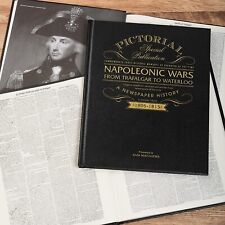
Napoleonic Wars Personalised Book Historic Newspaper Coverage Commemorative Gift $99.68
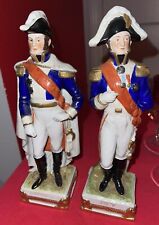
Napoleonic Wars Schiebe Alsbach French Soldiers PAIR Lannes & Ney Figurines $295.00
|